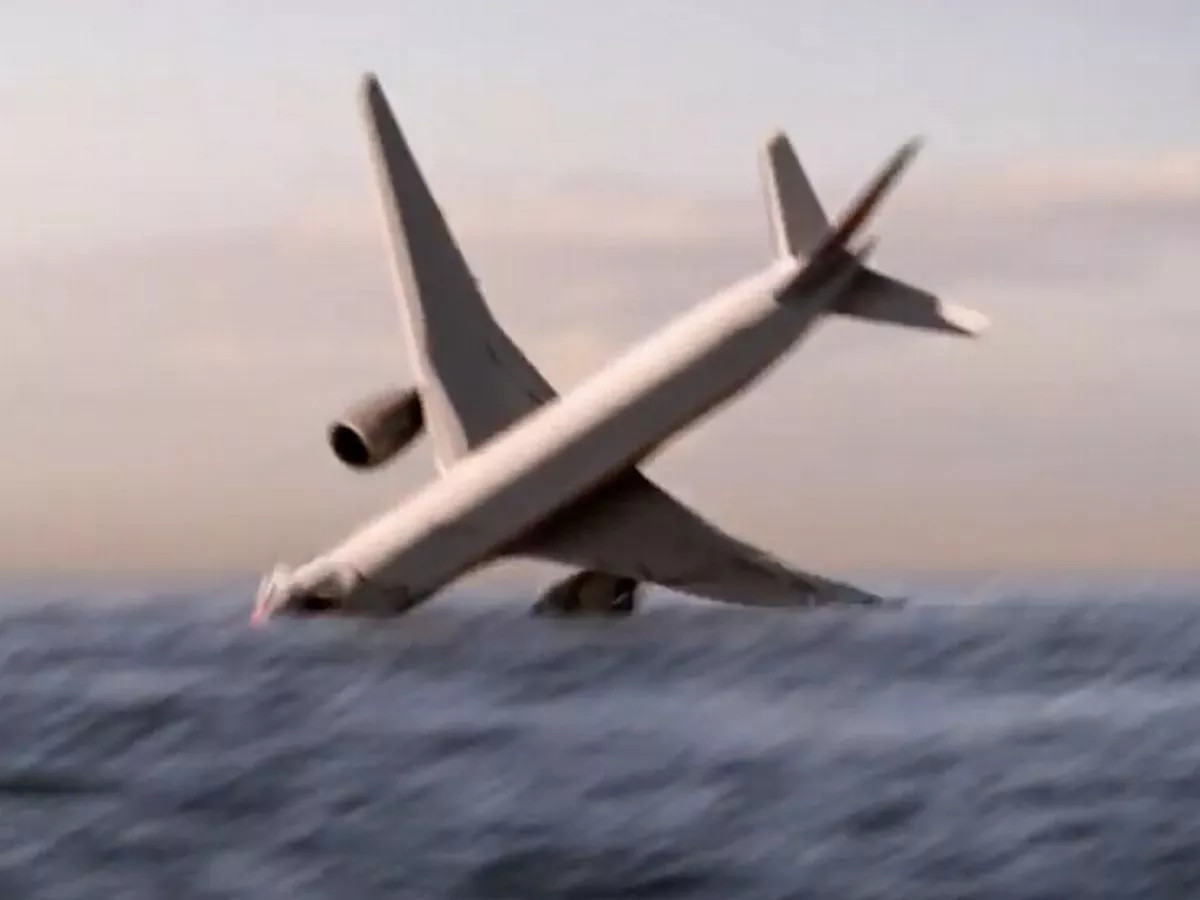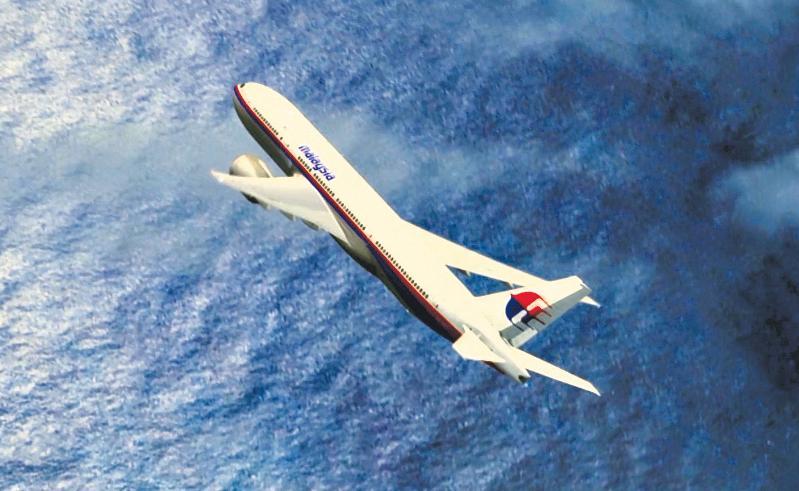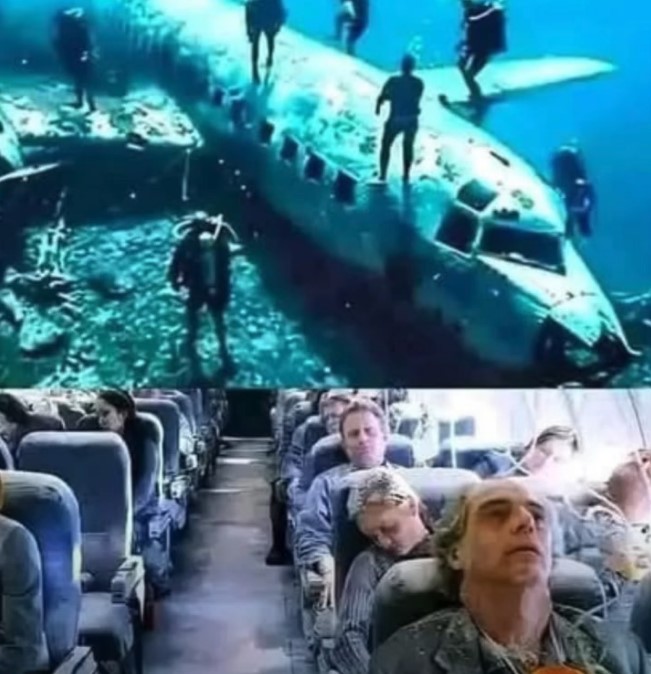Eleven Years Later: The Enduring Mystery of MH370
Over a decade has passed since the tragic disappearance of Malaysia Airlines Flight MH370, yet the case continues to baffle investigators and haunt the families of those on board. On March 8, 2014, this Boeing 777, carrying 239 individuals from various corners of the globe, took off from Kuala Lumpur International Airport with its destination set for Beijing. What followed was a sequence of bewildering events that have left one of the most perplexing aviation mysteries in history still unsolved. In recent times, renewed efforts have emerged to locate the aircraft, reigniting a flicker of hope that the truth may still be uncovered.
The Flight’s Timeline: A Chronology of Events
The journey of Flight MH370 began in the early hours of the morning, with takeoff occurring at 12:42 AM local time. Initial reports indicated that everything was proceeding normally as the aircraft ascended to its cruising altitude. However, the situation took a dramatic turn when at 1:06 AM, the last automatic transmission was sent through the Aircraft Communications Addressing and Reporting System (ACARS), providing critical data about the plane’s performance and location. This automated system is designed to transmit vital flight information to ground control, and its final message raised alarms as it was the last communication received from the aircraft.

Just 13 minutes later, the cockpit made its final voice contact with Malaysian air traffic control, with the pilot saying, “Good night, Malaysian Three Seven Zero.” This seemingly routine farewell was the last known exchange before the aircraft inexplicably vanished from civilian radar screens as it crossed into Vietnamese airspace, marking a pivotal moment in the timeline of this tragedy. As the transponder ceased operation, a critical identification signal was lost, leaving air traffic authorities perplexed and unaware of the aircraft’s unsettling trajectory. This moment would set off a cascade of confusion and miscommunication that would plague the initial response to the incident.
Unexpected Turns and Critical Delays
At 1:30 AM, nearly ten minutes post-disappearance from civilian radar, Malaysia’s military radar detected an unexpected and sharp turn of the aircraft towards the west. This movement would take the flight off its intended course and lead it across the Malay Peninsula and into the Andaman Sea. Yet, air traffic controllers were still oblivious to the alarming deviation, which delayed the official response considerably. This procrastination in initiating search operations exacerbated the difficulties that would follow, leading to an inefficient and disorganized search effort.

The situation deteriorated further when a nearby aircraft attempted to establish contact with MH370 but was met with nothing but static and unintelligible sounds, a chilling indication that something was amiss. By 2:25 AM, the plane’s satellite data unit rebooted and sent a distress signal to Inmarsat, a British satellite provider, marking the first in a series of hourly pings that would eventually help reconstruct a possible flight path into the Southern Indian Ocean. Throughout the subsequent hours, additional signals confirmed the aircraft remained airborne, but as daylight broke over the region, so too did the realities of a vast and desperate search. The lack of concrete information only deepened the mystery, leading to an outpouring of speculation from experts and the public alike.
The Search Efforts: A Global Undertaking
Despite the initial confusion and delays, search efforts eventually focused on the Indian Ocean after satellite data redirected authorities from the South China Sea. A multitude of nations and agencies collaborated in a desperate attempt to locate the missing aircraft, leading to one of the most expansive search operations in aviation history. The search area spanned thousands of square kilometers, involving sophisticated underwater equipment as well as aerial reconnaissance. Though debris confirmed to belong to MH370 has washed ashore, including a notable flaperon found on Réunion Island in 2015, the main wreckage remains elusive. The absence of the cockpit voice recorder and flight data recorder—commonly referred to as the “black boxes”—has only intensified the uncertainty surrounding the incident, as these devices are critical for understanding the events leading up to an aircraft’s disappearance.

Current Developments and Renewed Hopes
As of early 2024, the underwater exploration firm Ocean Infinity has renewed its search for MH370, deploying autonomous underwater vehicles (AUVs) to painstakingly scan 15,000 square kilometers of both previously searched and unexplored seabed. This new approach comes after earlier attempts yielded no results but mapped substantial areas of the ocean floor. The utilization of advanced technology, such as sonar mapping and machine learning algorithms, aims to enhance the likelihood of finding the missing aircraft. Experts have expressed concerns about the emotional toll that another unsuccessful search could have on the families of those aboard the ill-fated flight, emphasizing the urgency in finding answers not just for them, but for global aviation safety. The ongoing search efforts reflect a commitment to uncovering the truth and providing closure for the grieving families.
Theories and Speculations
Over the course of the past eleven years, numerous theories have emerged regarding the causes of the disappearance, ranging from mechanical failure to hijacking and even the possibility of intentional pilot involvement. Some experts believe that a catastrophic event, such as a fire or decompression, may have incapacitated the crew, while others speculate that the aircraft may have been deliberately diverted. Despite extensive investigations and public fascination, no definitive explanation has been established. The complexity of the case has captivated the world and highlighted inadequacies in international aviation protocols, prompting significant reforms in tracking and emergency communication standards. International bodies have been urged to implement more rigorous tracking mechanisms to prevent such incidents from reoccurring, marking a pivotal moment in aviation safety reforms.
Conclusion: An Unresolved Tragedy
As we reflect on the over ten years since MH370 vanished, it remains one of the most haunting narratives in modern aviation history. The unanswered questions surrounding the aircraft’s fate continue to resonate deeply with the families of the victims and the aviation community alike. While the search offers a glimmer of hope, the fundamental truth behind the disappearance and the identity of those who perished remains elusive. Finding MH370 could potentially unlock crucial insights that would not only serve to illuminate the events of that fateful night but also pave the way for advancements in aviation safety, ensuring that such tragedies are less likely to occur in the future. As investigators and search teams persist in their quest, the collective hope remains that answers will eventually surface, granting peace to those left behind.

















